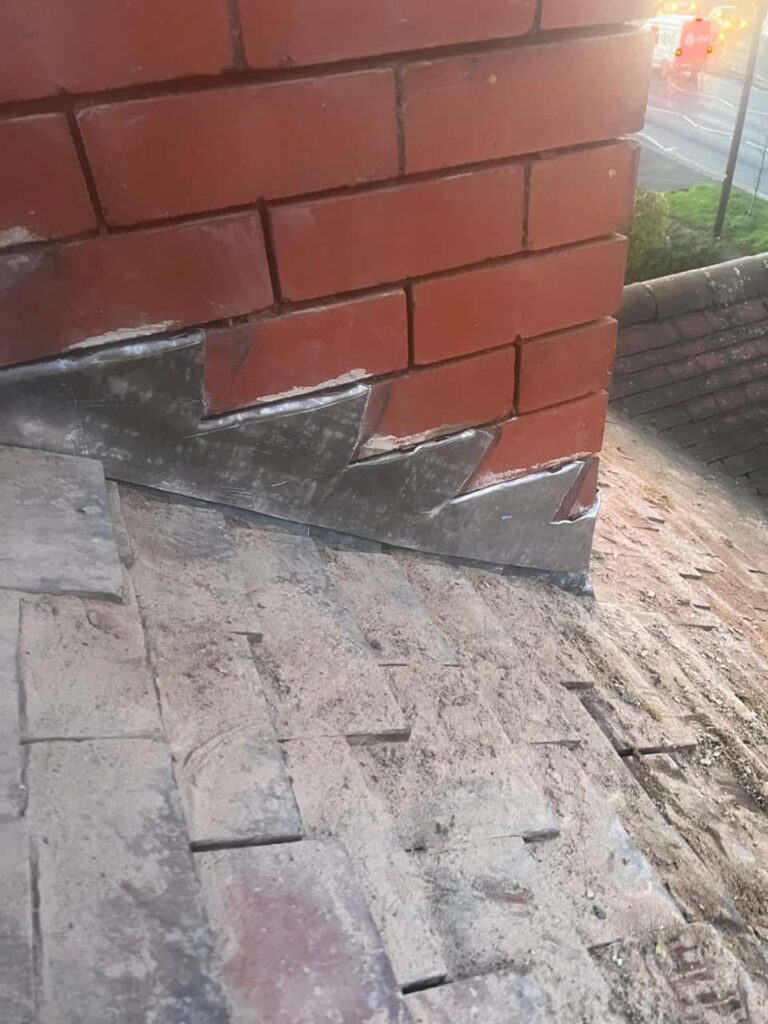Flat Roof vs. Pitched Roof: Which is Best for Your Home?
Introduction: When deciding on a new roof for your home, one of the primary choices you’ll face is whether to opt for a flat roof or a pitched roof. Each roofing style has its own set of advantages and challenges, and the best choice will depend on various factors, including your home’s architecture, budget, and personal preferences. At WDF Roofing St Neots, we’re here to guide you through the key differences between flat and pitched roofs, helping you make an informed decision that suits your needs.
1. Understanding Flat Roofs
Advantages of Flat Roofs
- Modern Aesthetic:
- Flat roofs offer a sleek, modern look that complements contemporary architecture. They are often used in minimalist designs and urban settings.
- Cost-Effective:
- Generally, flat roofs are less expensive to install compared to pitched roofs. The simplicity of the design and reduced material usage contributes to the lower cost.
- Usable Space:
- Flat roofs can provide additional living space, such as rooftop gardens, terraces, or solar panel installation, offering versatile functionality.
- Easier Maintenance:
- Flat roofs can be simpler to maintain, with easier access for inspections and repairs than pitched roofs. This can make addressing minor issues less complicated.
Disadvantages of Flat Roofs
- Drainage Issues:
- Flat roofs are more prone to water pooling and drainage problems. Effective drainage systems are essential to prevent leaks and water damage.
- Durability:
- Flat roofs may have a shorter lifespan compared to pitched roofs. They are more susceptible to damage from debris and harsh weather conditions.
- Insulation and Energy Efficiency:
- Ensuring proper insulation can be more challenging with flat roofs. They can also be less energy-efficient if not well insulated, potentially increasing heating and cooling costs.
2. Understanding Pitched Roofs
Advantages of Pitched Roofs
- Effective Drainage:
- Pitched roofs’ angled design allows for effective water runoff, reducing the risk of leaks and water damage. This makes them particularly suitable for areas with heavy rainfall.
- Longevity:
- Pitched roofs generally have a longer lifespan than flat roofs. They are less prone to issues related to water pooling and can better withstand harsh weather conditions.
- Aesthetic Appeal:
- Pitched roofs are often considered more traditional and visually appealing. They can enhance a home’s architectural character and offer a range of design options.
- Increased Insulation:
- Pitched roofs can provide better insulation and energy efficiency, helping to keep your home warm in the winter and cool in the summer.
Disadvantages of Pitched Roofs
- Higher Costs:
- The complexity of installation and the need for additional materials can make pitched roofs more expensive than flat roofs.
- Maintenance:
- While durable, pitched roofs can be harder to access for maintenance and repairs, particularly if the pitch is steep. This may lead to higher maintenance costs over time.
- Space Constraints:
- Pitched roofs can limit the usable space in a home’s upper floors. The attic or loft area may have sloped ceilings, which can also affect the usability of the space.
3. Choosing the Right Roof for Your Home
To determine whether a flat or pitched roof is best for your home, consider the following factors:
- Climate:
- Due to its superior drainage capabilities, a pitched roof may be more suitable in regions with heavy snowfall or rainfall. In drier climates, a flat roof can be an effective choice.
- Budget:
- Evaluate your budget for both installation and long-term maintenance. Flat roofs generally have lower upfront costs, while pitched roofs may offer better long-term value due to their durability.
- Architectural Style:
- Consider your home’s architectural style. A flat roof might suit modern or industrial designs, while a pitched roof complements traditional or classic styles.
- Functionality:
- Think about how you plan to use the roof space. A flat roof may be the better option if you’re interested in a rooftop garden or terrace. A pitched roof could be more advantageous for additional attic space.
- Energy Efficiency:
- Consider your home’s insulation and energy efficiency needs. Pitched roofs often offer better insulation, leading to lower energy bills.
4. Consulting a Roofing Professional
Choosing the right roof involves considering various factors and understanding your home’s specific requirements. At WDF Roofing St Neots, our experienced team can provide expert advice and help you evaluate the best roofing solution for your needs. We’ll guide you through decision-making, ensuring you select a roof that aligns with your budget, style, and functional requirements.
Conclusion: Both flat and pitched roofs have their unique advantages and challenges. By assessing your specific needs and preferences, you can make an informed decision that enhances your home’s functionality, aesthetic appeal, and value.
Call us on: 01480 776 292
Click here to find out more about WDF Roofing St Neots
Click here to complete our contact form and see how we can help you with your roofing needs.

